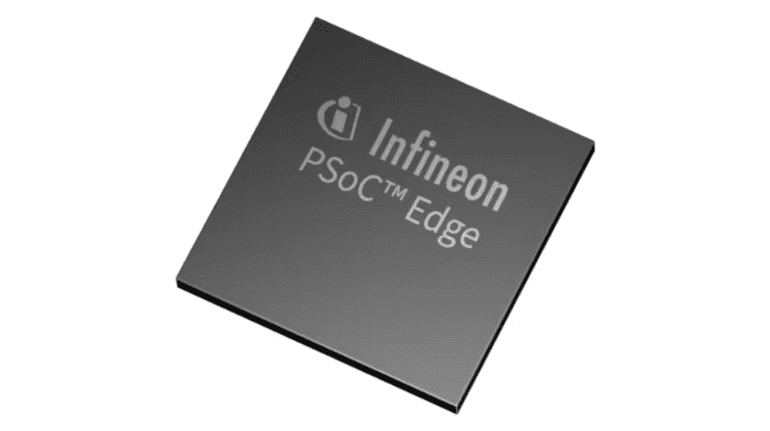TL;DR:
- Infineon introduces PSoC Edge microcontrollers for on-device AI and ML tasks.
- These microcontrollers offer scalable power, high performance, HMI capabilities, and security features.
- They are built around an Arm Cortex-M55 core with Ethos-U55 NPU coprocessor for “tinyML” workloads.
- A lower-power Cortex-M33 core with an NNLite hardware accelerator is available for energy-efficient tasks.
- Suitable for wearables, smart home devices, security systems, human-machine interfaces, and robotics.
- Infineon provides software support through ModusToolbox and Imagimob Studio.
Main AI News:
Infineon, a leading innovator in semiconductor solutions, is stepping into the forefront of on-device artificial intelligence (AI) and machine learning (ML) capabilities with the introduction of the PSoC Edge family of microcontrollers. This new range is strategically designed to cater specifically to the demands of running AI and ML workloads at the edge – a domain where efficiency and performance are paramount.
Steve Tateosian, representing Infineon, highlighted the significance of the PSoC Edge portfolio, stating, “Infineon’s new PSoC Edge portfolio is built on years of experience delivering solutions to intelligently control, interact, and connect our world with highly usable and powerful MCU-based systems.” This commitment to excellence is evident in their dedication to providing a seamless blend of scalable power and top-tier performance, perfectly aligned with the ever-evolving AI and ML requirements. Additionally, the PSoC Edge microcontrollers boast extensive Human-Machine Interface (HMI) capabilities and essential security features, crucial for next-generation applications. These offerings are further complemented by a robust ecosystem of software and tools, purpose-built to excel in their designated tasks.
At the core of these cutting-edge microcontrollers lies the Arm Cortex-M55 core, featuring Helium vector processing extensions and the Ethos-U55 neural processing unit (NPU) coprocessor. This potent combination is tailored to cater to the burgeoning world of “tinyML” workloads, ensuring that efficiency remains at the forefront of their design philosophy. However, Infineon recognizes that not all applications require the full might of the M55-and-U55 combo. To address this, the company also offers a lower-power Cortex-M33 core, accompanied by its proprietary NNLite hardware accelerator, enabling optimal energy efficiency for tasks that do not demand the highest processing power.
Infineon’s vision extends beyond just creating powerful microcontrollers. They position these new components as ideal solutions for a wide range of applications, spanning from wearables and smart home devices to integration into security systems, human-machine interfaces, and robotics. In these scenarios, Infineon leverages its Infineon Edge Protect platform to ensure the seamless integration of safety and privacy features where necessary.
On the software front, developers have the flexibility to choose between Infineon’s ModusToolbox or Imagimob Studio, with the latter now proudly operating as a wholly-owned subsidiary of Infineon. This holistic approach ensures that every aspect of the development process is catered to, further solidifying Infineon’s position as a leading player in the realm of on-device AI and ML solutions.
Conclusion:
Infineon’s PSoC Edge microcontrollers represent a significant advancement in on-device AI and ML capabilities. With a focus on efficiency and performance, they are poised to drive innovation across various industries, ushering in a new era of intelligent and connected devices. This development positions Infineon as a key player in the growing market for on-device AI and ML solutions, with potential applications in wearables, IoT, security, and robotics.

